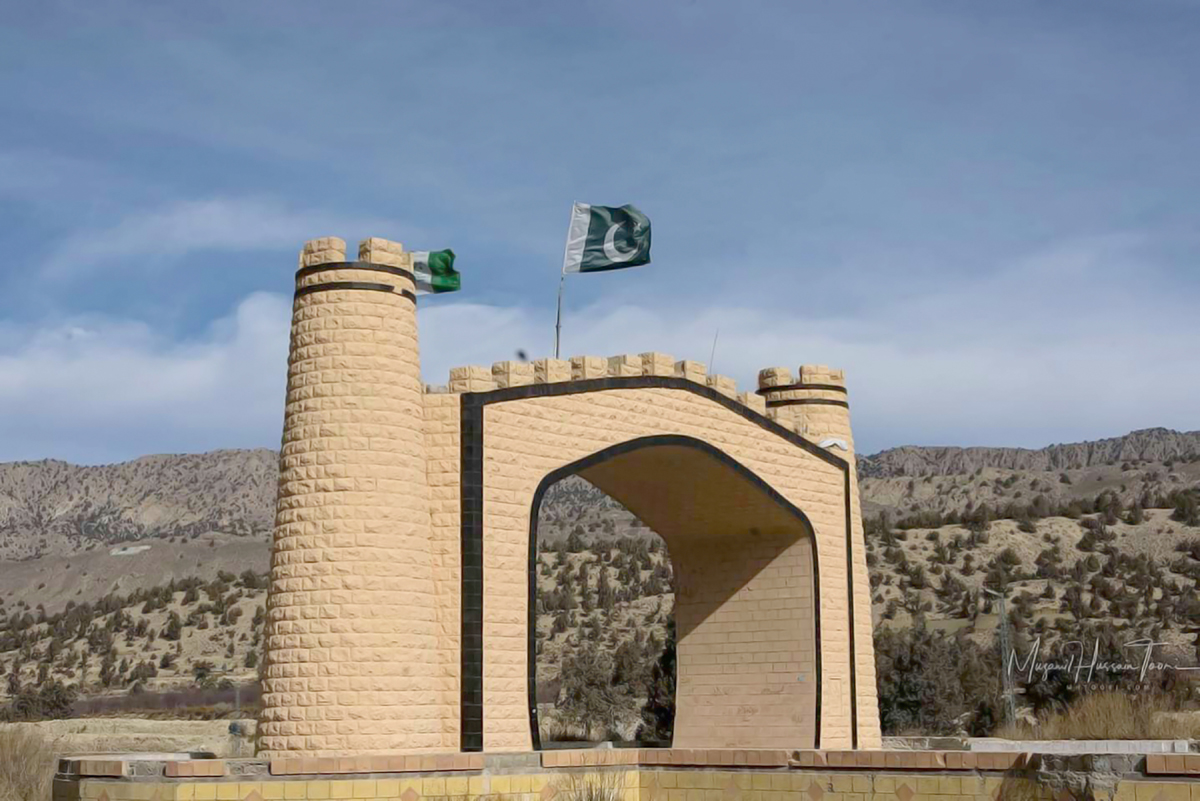RIDA EJAZ
Quetta, the provincial capital of Balochistan, has been a strategically significant region. The present-day Quetta City was founded in the 19th century as a British Garrison Town and is considered the main urban center for the province. The British developed the area around the railway line that connects Quetta to Afghanistan and Iran and built a high proportion of robust infrastructure in the form of barracks, forts, and garrison structures, which aided the city’s development.
However, after the 1935 earthquake, the city was devastated. This destruction led to the construction of predominantly modern buildings with weak infrastructure policies. This is accompanied by rapid urbanization, making Quetta, Pakistan’s 10th most populous city. Today, the city is aiming to accommodate a population that is 30 times larger than its original capacity.
The urban sprawl, resulting from rural migration and an influx of refugees, contributes to the city’s urban decay. The central focus of this article is to analyze the urbanization pattern and address the challenges of urban decay in Quetta, Balochistan. It underscores the necessity for serious development and planning efforts to ensure a decent quality of life for its growing population.
Decay refers to the deteriorating condition of housing and the absence of open spaces. Over the past few decades with over one million urban population rise, Quetta has witnessed a considerable urban sprawl trend, affecting its urban land use management, and organic growth.
From 1998 to 2017, numerous new locations in the city’s north and south emerged as real estate options without proper facilitation. The lack of efficient planning and enforcement has notably worsened the condition of the housing infrastructure. This deterioration leads to a decline in the city’s livability. It not only gives rise to social issues but also results in economic and environmental problems.
The dry weather pattern poses a further challenge to the city and places it in the seismic zone of Pakistan. According to the findings about house location, 33% of houses are found in the city’s inner core and nearly 50% are found in the outer core. In a similar vein, 12% and 6% of homes are situated on the perimeter and outer periphery, respectively.
The city’s inner and outer core sections are crowded with homes, and commercial buildings, and deal with all the issues that an overpopulated place brings. It has been determined that homes, and buildings in central regions are declared as the most vulnerable region to earthquake hazards.
Residential flats are interspersed with commercial spaces, leaving little room for traffic with no communal parks for residents. Major commercial streets such as Masjid Road, and Jinnah Road are presenting a picture of chaos because four out of every five shops have constructed four-story flats above them.
The situation deteriorates further due to the construction of numerous commercial multi-story buildings on these streets. One prominent example is Dawood Mall, which is an eight-story structure directly opposite the four-story Tauba Masjid. The critical concern arising from these constructions is the lack of proper permits and adherence to safety standards. In the unfortunate event of an earthquake, the structural integrity of these buildings will be compromised, potentially leading to their collapse. The pressing issue in such a scenario would be the overcrowded streets, which could severely hinder rescue and evacuation efforts, making the situation even more challenging and perilous.
The uncontrolled amalgamation of commercial and residential areas raises another concern that deserves attention. The development of houses in the main markets, such as Liaqat Bazar, Toghi Road, Fakeer Muhammed Road, and Mechonghy Road, leads to poor drainage and sanitation. Every torrential rain badly exposes the poor construction of drainage systems, resulting in the streets becoming inundated.
According to research, around 800,000 residents of Quetta city complained that they live without proper drainage facilities and water resources. The Water and Sanitation Authority (WASA), Sui Southern Gas Company (SSGC), and Water and Power Development Authority (WAPDA) also frequently cut roads, creating ditches that no one ever repairs. This situation exposes the people living there to vulnerability.
Under the Quetta Master Plan, several development projects were scheduled, and more than half of them have already been completed. However, there is no significant progress in infrastructure development visible across the city. The lack of governance and adherence to policies creates a gap in the planning and implementation of infrastructure projects.
The management of a vast metropolis is challenging in the absence of a local government system, with only one district administrator responsible for general administration. Therefore, distinguishing between Quetta’s urban and rural areas has become increasingly difficult as clear boundaries no longer exist. The boundaries of Quetta should encompass areas like Baleli, Sariab, and Cantonment.
Beyond these areas, another district administration should oversee urban development. New communities are already established beyond these three sites, therefore, they must administer their government and self-sustaining utilities.
Given the issue of overpopulation, there is an urgent need for the new master and development plans to address the city’s growing demands. These plans should regulate the influx of people into already congested areas, with a particular focus on market locations. Local governance bodies must relocate markets from narrow streets to open spaces with the enforcement of strict building codes for the city.
There is also a dire need for civic services in the rural areas. The government must provide adequate health, education, and employment opportunities to rural communities so that they stop migrating to urban areas. Finally, a sense of ownership must prevail among the people of the city for the benefit of future generations. They should not prioritize their immediate personal gains and should instead adhere to the city’s code of conduct.
The author is Research Intern at Balochistan Think Tank Network, Quetta.


